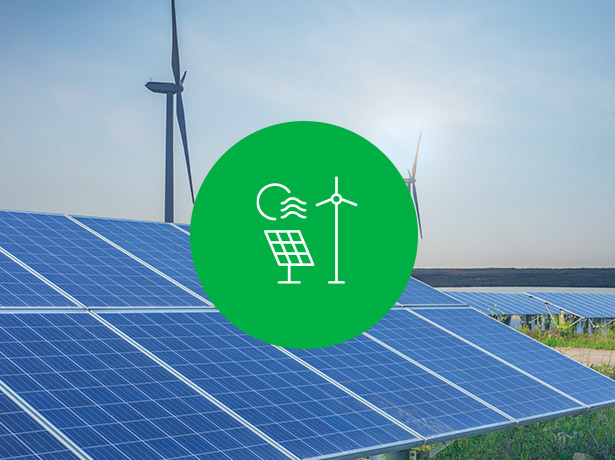Operational energy refers to the energy required to operate and maintain a building on a day-to-day basis, including electricity, heating/cooling, lighting, ventilation, and other energy consuming activities. Buildings, both residential and commercial, can consume a significant amount of energy during their regular operations. Buildings’ operational energy can be categorized into two main types:
- Direct energy consumption – This includes the energy used for heating/cooling, lighting, and appliances within the building. For example, energy consumed by air conditioning systems or to turn the lights on in a room.
- Indirect energy consumption – This type of energy refers to the energy consumed outside of the building but necessary for direct energy consumption inside of the building. This can include the energy needed to treat water and supply it to the building, as well as the energy required to extract, process, and deliver fuels like natural gas and coal, including the energy needed to generate electricity from these fuels.
Reducing buildings’ operational energy is a crucial aspect of sustainable building design and construction. Energy-efficient buildings can significantly decrease their impact on the environment and help conserve natural resources while also lower operational costs for the building occupants. Various reduction strategies, such as energy-efficient fixtures and appliances, improving envelope and insulation, and smart building technology can contribute to a building’s reduction goals.


